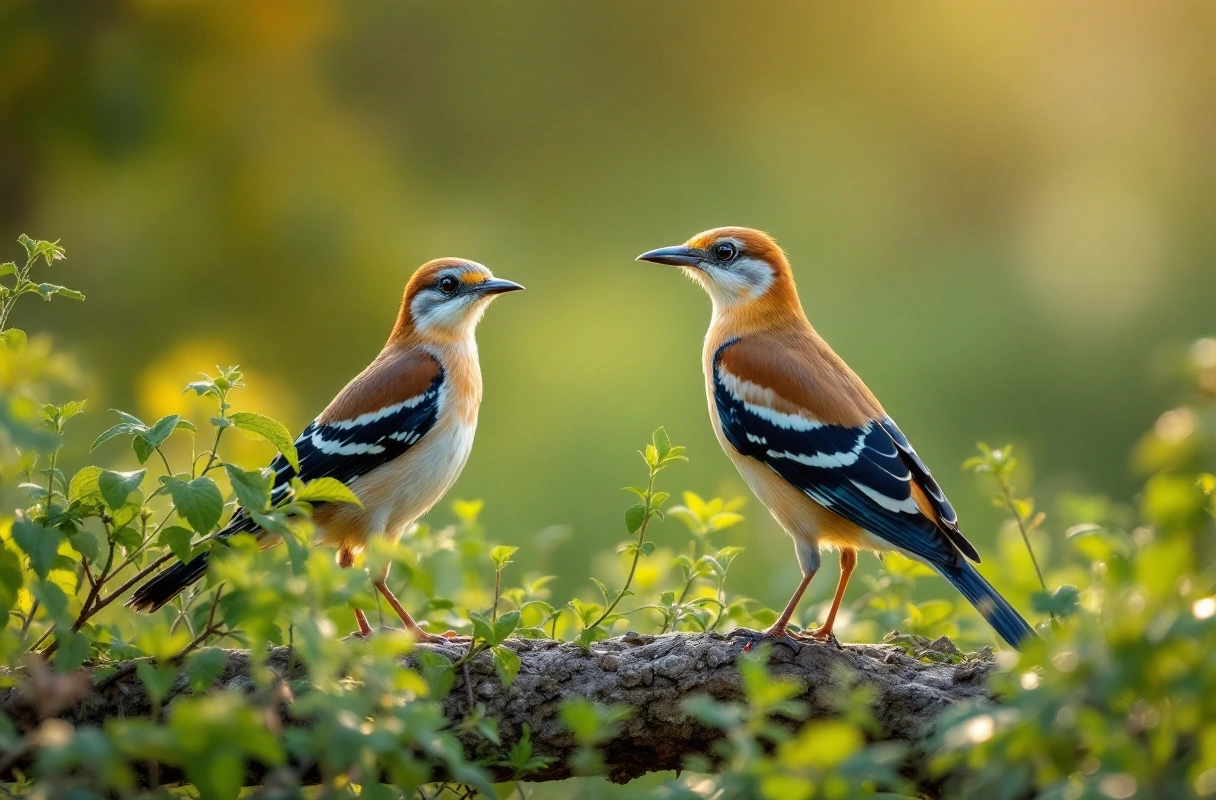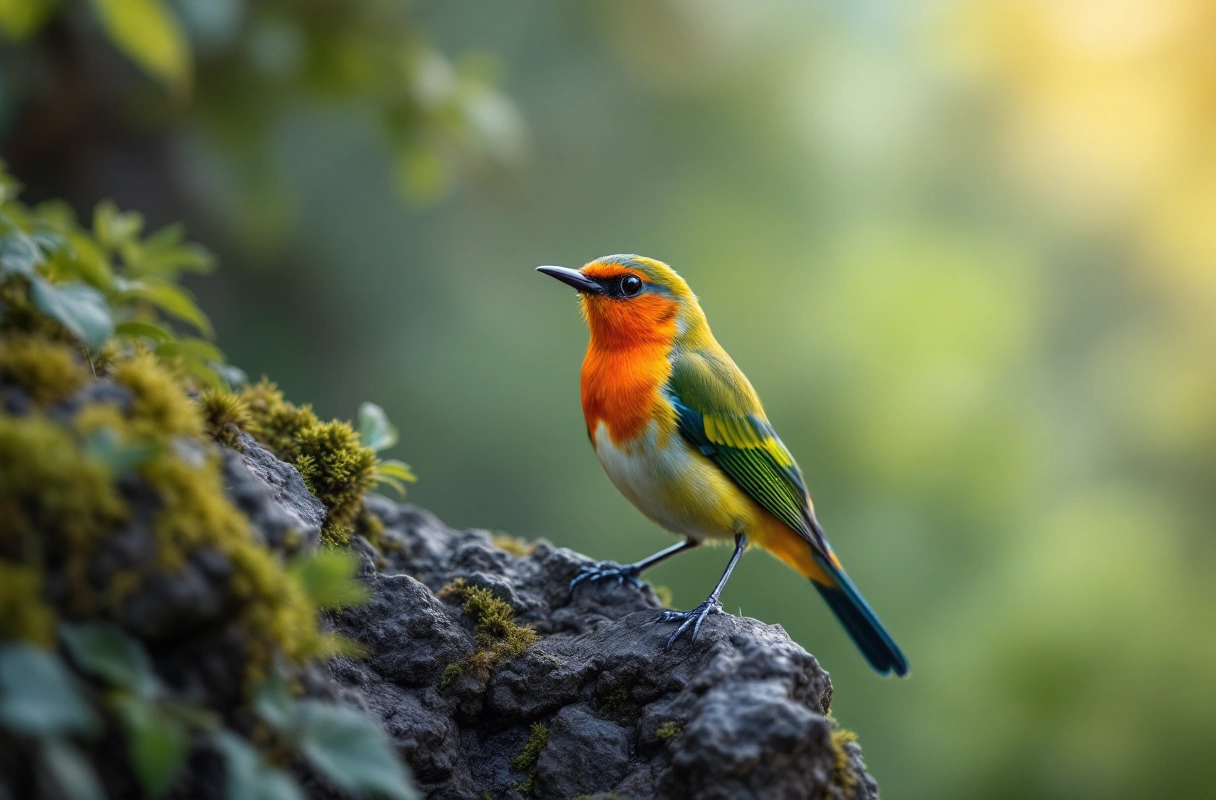
Birdwatching is an exhilarating way to connect with nature, and Tanzania offers a unique opportunity to observe a diverse array of bird species in their natural habitat. With its rich ecosystems ranging from savannas to rainforests, Tanzania is home to over 1,100 species of birds. Whether you are a seasoned ornithologist or a beginner eager to learn, this guide will provide you with valuable insights into the world of birds and birdwatching in Tanzania.
In this comprehensive article, we will explore the essential aspects of birdwatching in Tanzania, highlight the top ten birds to spot while climbing Kilimanjaro, and offer practical tips for making the most of your birdwatching experience. So, grab your binoculars and get ready to embark on an adventure filled with vibrant colors and melodious songs.

Birdwatching in Tanzania is more than just a hobby; it is a way to engage with the environment and appreciate the beauty of avian life. This country features a variety of habitats, including wetlands, grasslands, and forests, each attracting different bird species. This diversity not only enriches the experience for birdwatchers but also contributes to the conservation of these species.
Birdwatching can be enjoyed at various locations across Tanzania, from national parks to private reserves. Some of the most popular sites include Serengeti National Park, Lake Manyara, and the Ngorongoro Crater. Each of these locations offers unique opportunities to spot both common and rare bird species, making them ideal for birdwatching enthusiasts.

To fully enjoy birdwatching in Tanzania, having the right gear is essential. The following items will enhance your experience and help you spot more birds:
Investing in a good pair of binoculars is crucial. Look for binoculars with at least 8x magnification and a wide field of view. This will allow you to observe birds from a distance without disturbing them.
A field guide specific to East African birds is invaluable. This resource will help you identify different species based on their physical characteristics and calls.
Keeping a birdwatching journal allows you to document your sightings. Note the date, location, and any interesting behaviors observed, which can be useful for future reference.
Dress in layers to accommodate varying weather conditions. Neutral colors help you blend into the environment, reducing the chances of scaring birds away.

Climbing Mount Kilimanjaro is not only a physical challenge but also a fantastic opportunity for birdwatching. As you ascend through different ecological zones, you will encounter various bird species. Here are ten birds you should look out for during your climb:
This majestic bird of prey is known for its impressive wingspan and striking appearance. It can often be spotted soaring above the forested areas of Kilimanjaro, hunting for monkeys and small mammals.
A small, lively bird, the Kilimanjaro White-eye is endemic to the region. With its bright yellow-green plumage and distinctive white eye ring, it is a delightful sight in the montane forest.
This vibrant bird is characterized by its deep blue-green plumage and striking red bill. Hartlaub's Turaco can often be seen flitting between the branches of trees in the forest zone.
These nocturnal birds are elusive, often camouflaged against the forest floor. Their distinctive calls can be heard at night, making them a fascinating species to observe.
Commonly found in the forest, the Olive Thrush has a beautiful olive-brown plumage and is known for its melodious song. It often forages on the ground for insects and fruits.
This stunning bird is known for its iridescent blue feathers and is often spotted in the higher elevations of Kilimanjaro. Its bright coloration makes it a favorite among birdwatchers.
This small, energetic bird is a common sight in the montane forest. Its vibrant yellow belly and iridescent green back make it easy to identify as it flits from flower to flower.
Found in the grasslands at lower elevations, the Scaly Francolin is a ground-dwelling bird with a unique scaly pattern on its plumage. Its distinctive call can often be heard in the early morning.
This striking bird features a bright green body and distinctive white cheek patches. It is often seen in pairs and is known for its loud, raucous calls.
With its striking red forehead and yellow underparts, the Red-fronted Tinkerbird is a small but vibrant species that can be found in the forest canopy, often foraging for insects.
To maximize your birdwatching experience in Tanzania, consider the following tips:
Birdwatching requires patience. Birds may not always be visible, and it may take time to spot them. Quietly observing the environment will yield better results.
Familiarize yourself with common bird calls in Tanzania. This knowledge will help you locate birds that may be hidden from sight.
Invest in high-quality binoculars and a good field guide. These tools are essential for identifying and observing birds effectively.
Consider joining a local birdwatching tour. Experienced guides can enhance your experience by providing insights and knowledge about local species.
Even seasoned birdwatchers can make mistakes. Here are some common pitfalls and how to avoid them:
One of the most significant mistakes is getting too close to birds, causing them stress. Always maintain a respectful distance and observe silently.
Failing to prepare can lead to missed opportunities. Ensure you have the right gear and knowledge before heading out.
Respect local wildlife regulations and guidelines. This ensures the safety of both the birds and the environment.
Birdwatching plays a crucial role in conservation efforts. By observing and documenting bird species, enthusiasts contribute to research and conservation programs. This data is essential for tracking population trends and identifying endangered species.
Tanzania is home to numerous conservation initiatives aimed at protecting bird habitats. Supporting these efforts through responsible birdwatching practices can help ensure the survival of many species for future generations.
Joining a birdwatching community can enhance your experience. Engaging with fellow enthusiasts allows for the sharing of knowledge, tips, and experiences. Additionally, many communities organize birdwatching events and excursions, which can be an excellent way to learn and enjoy the hobby.
The captivating world of birds is one that offers endless opportunities for learning and exploration. As you embark on your birdwatching journey in Tanzania, remember that the Banana Slug Club is here to support your enthusiasm for nature and wildlife. Whether you are a student, a nature enthusiast, or simply curious about the wonders of the natural world, our resources can enhance your understanding of birds and their habitats.
For more information about birds, birdwatching, and the importance of conservation, visit our website or contact us directly. Together, we can foster a greater appreciation for the beauty of nature and the incredible diversity of life it holds. Your adventure into the world of birds starts now!
Get free resources, early access to new features and updates.
No spam. Just fun educational emails!